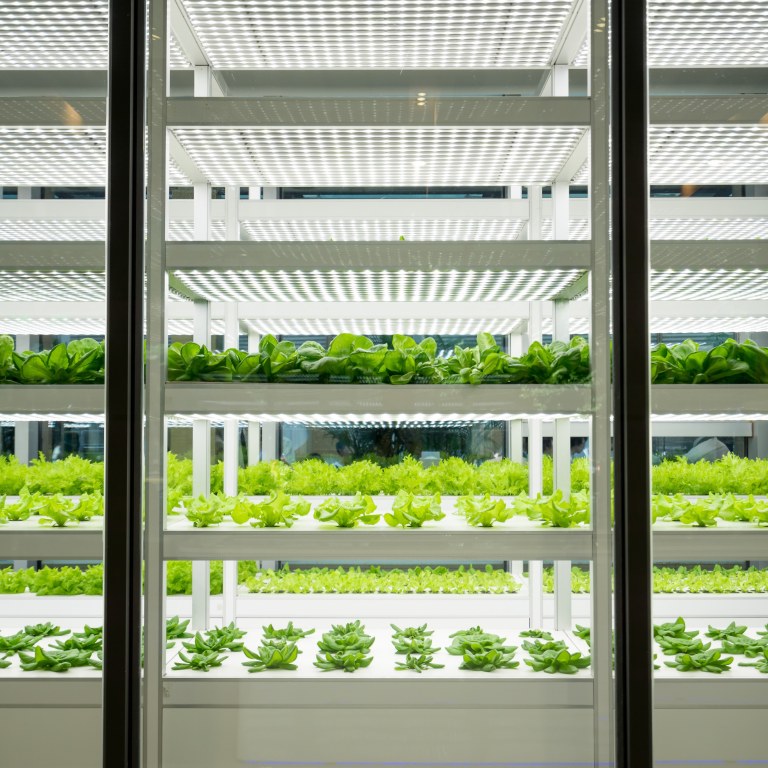Ioncell, a significant research project at Aalto University, seeks to change the fashion industry. The Ioncell technology turns pulp and post-consumer textiles into high-quality fibres sustainably. Jari Laine, the Senior Innovation Advisor at Aalto University, leads the commercialisation of the cutting-edge innovation.
What is the problem that Ioncell solves?
Ioncell seeks to help solve the problems created by fast fashion. Annually, more than 100 million tons of textile fibers are produced. Two-thirds of this amount are made of fossil-based materials, like polyester. Many fashionable garments cost 5-10 euros and are only worn a few times and then they’re thrown away to landfill.
To date, there hasn’t been a technical solution that could sustainably produce enough fibre to replace fossil-based or non-ecological cotton. And another problem is the harmful substances like dyes that are used. There is also a lot of greenwashing in the marketing of fashion. And even though people have woken up to the problems of fast fashion, they keep on consuming it.
"The Ioncell technology is versatile in terms of raw material. We have made an iPad case from a newspaper and a scarf from old jeans."
What makes Ioncell sustainable?
Ioncell is 100% circular economy. In the Ioncell process, everything circulates: the material, the process chemicals, and the end-product. Despite recycling, the fibre quality doesn’t deteriorate much in the process. And at the end of the life cycle, the Ioncell fibre decomposes. The end-product is a firm, durable material that doesn’t rip easily even when wet.
The main point of the Ioncell technology is that it’s versatile in terms of raw material. Basically, we can use any raw material as long as it has enough cellulose. For example, we have made an iPad case from a newspaper and a scarf from old jeans. The production process is also safe for the users and nature.
What is the story behind Ioncell?
Ioncell’s story started in 2009. Back then, the Finnish pulp and paper industry was in trouble. Because of digitalisation, the use of paper was decreasing. The Finnish government turned to universities for help. As a result, Aalto University established a biotechnology department in the School of Chemical engineering. Professor Herbert Sixta took the lead of the department and founded a research group that later developed Ioncell.
"Our long-term goal is to take the fibre out to the world. If all goes well, commercial production can start between 2025 and 2028."
In the Ioncell project, we deal with chemistry, physics and other natural sciences. In basic research like this, time scales are long. It usually takes at least 10-15 years before an innovation can be commercialised. It is different compared to, for example, IT startups, where an idea can be coded in an afternoon. The laboratory and the research and process equipment all demand capital.
Who are the innovators of Ioncell?
Ioncell is one of the most significant research projects in Aalto University recently. Several dozen researchers have contributed to the project. The key researchers are, of course, professor Sixta’s group at Aalto, but other universities have helped us with some specific challenges. For example, the researchers at the University of Helsinki did the research on the ionic liquid that dissolves cellulose.
"In the Ioncell process, everything circulates: the material, the process chemicals, and the end-product."
What’s up next for Ioncell?
We’re going to build a small-scale production plant in Otaniemi, Espoo. Until now, it’s been manual work. We’ve been carrying the production stuff around. Now we’ll move on to automatic closed-circle production that resembles a big factory, but on a small scale. This is an important phase.
Our long-term goal is to take the fibre out to the world. If all goes well and we manage to find suitable industrial partners and investors, commercial production can start between 2025 and 2028.
Image: Marjaana Tanttu / Aalto University
Get tech screening and matchmaking
Find the right startups, scaleups, and technologies from Espoo’s innovation ecosystem.



